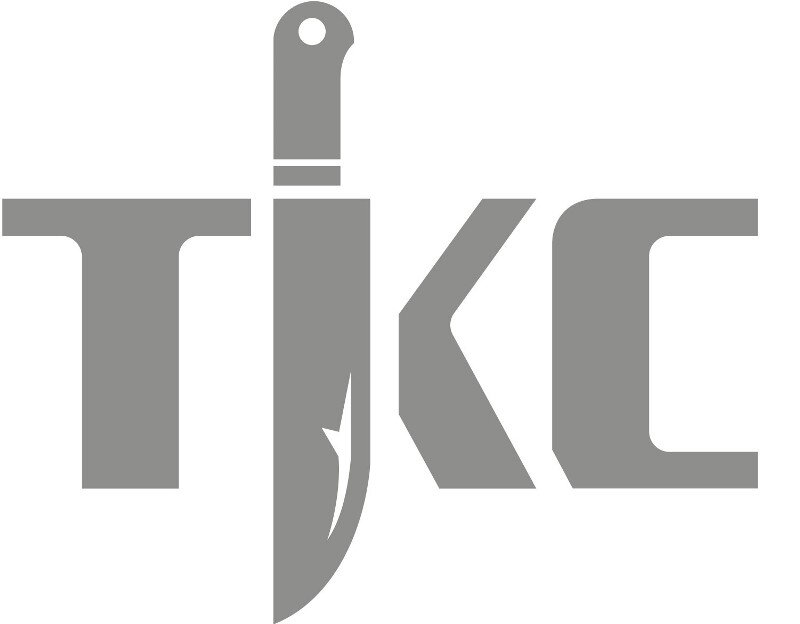The meaning of sharp – how to check if your chefs knife needs sharpening
If you read our interview of jobbing chef Otis Greder (A sharp knife gives you the edge in the commercial kitchen) a while ago, you’ll understand the importance of keeping all the knives in a commercial kitchen as sharp as they can be. In a nutshell, it makes the cutting jobs quicker and easier and allows short food and meal processing times and – ironic though it may seem – also minimises cuts and other knife related injuries, and so keeps the kitchen functioning as a well oiled team.
It’s pretty easy to tell if you have a knife that is very blunt, but, if the edge of the knife has degraded slowly over time, how do you tell whether it is time to sharpen it? This is important, as you can oversharpen a knife – especially if you’re using a traditional whetstone – and sharpening more often than necessary may shorten the life of the knife due to excess removal of blade steel.
In the short guide by Alan McKee ‘Sharpening’, Alan suggests a three part test of knife sharpness, as follows…
1. If the knife simply does not cut, it clearly needs sharpening. A visual check of the edge will show up any flat spots or gaps that need attention. If your knife is still cutting, use test two below.
2. The pad of your thumb can tell you a lot about the condition of a blade. If you stroke your thumb across (not along) the blade and down at an angle of roughly 40 degrees, you will feel the whorl of your fingerprint catching on the blade if it is sharp. If you don’t get a clear idea with this test, move to test three below.
3. Hold the knife lightly and, without applying any downward pressure, move the blade across your thumbnail. You can use something like the barrel of a ballpoint pen if you prefer. If the blade glides smoothly, you have a sharp knife. If it catches or bumps along, then you need to sharpen the knife.
It’s hard to make this out with the naked eye, but electron microscope images show very clearly the differences between sharp and blunt blades.
The sharpest blade you’re likely to come across, unless you’re a scientist or work with obsidian (see our previous article What is the sharpest blade on the planet?), is a simple razor blade. Under an electron microscope, a new razor blade cutting edge shows up as an almost perfect straight line.
A knife edge on the other hand, can look more like the outline of a mountain range in comparison. And if the blade has a burr, then the view under the electron microscope shows the blade edge literally folded over.
If your chefs knife has failed these tests, a Nirey electric knife sharpener will sharpen it in no time at all, and thanks to the angled grooves which make sure that the blade is angled at 15 degrees to the grinding surface at all times, you’ll also be removing only the minimum amount of the blade to ensure your knife is sharp and ready to use again, in a matter of minutes.
If you’d like to know more about knife sharpening matters, or to see the electron microscope images we refer to above, you can download Alan McKee’s short guide ‘Sharpening’ by signing up to our monthly email update, Stay Sharp!
Image credit: http://pixabay.com/p-515388/?no_redirect






